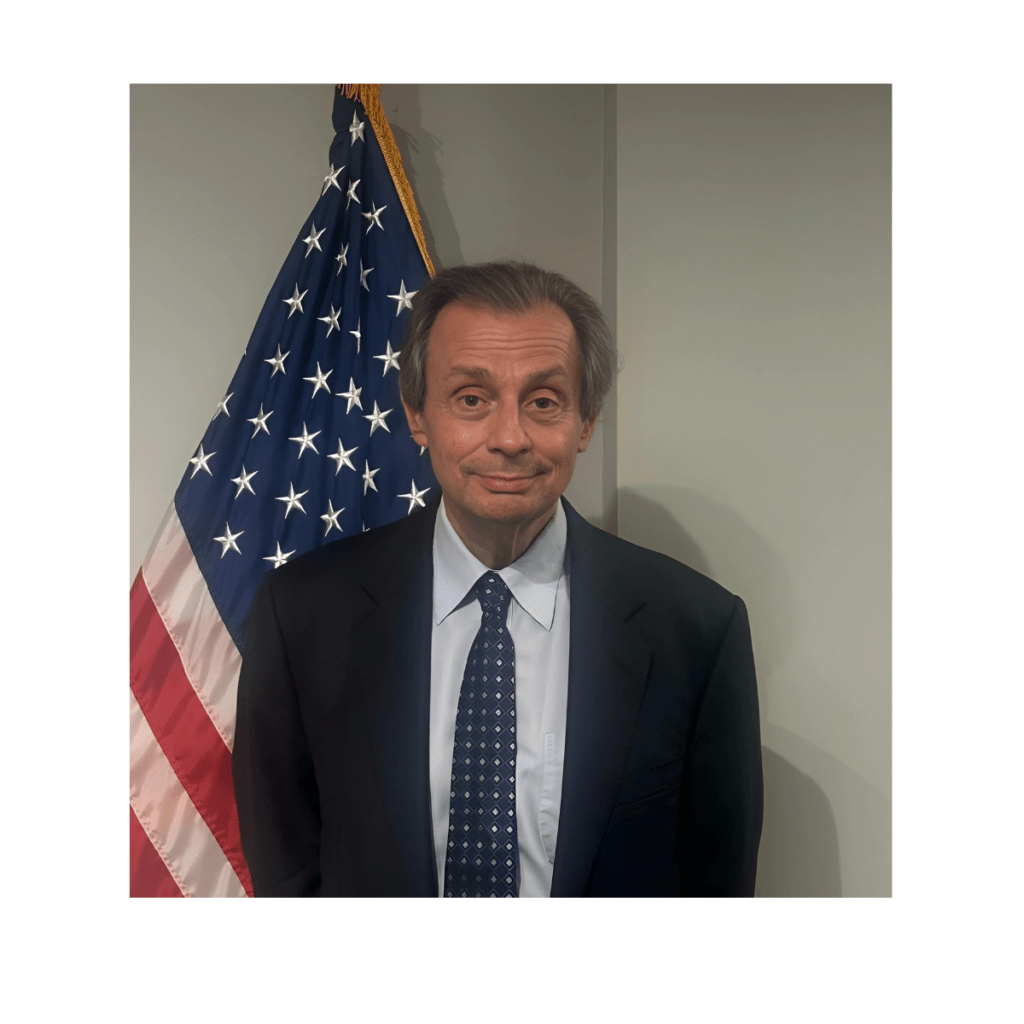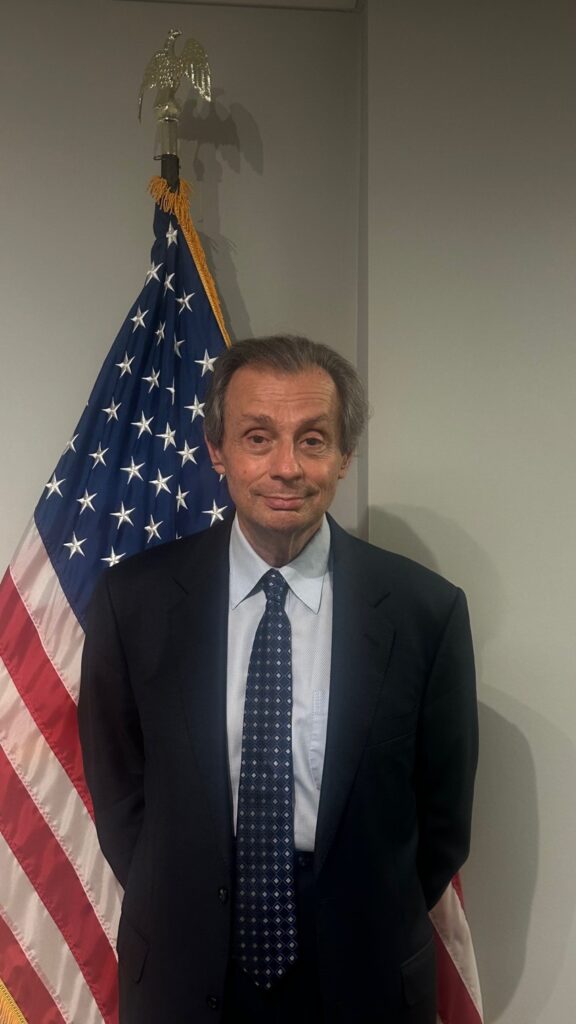Washington, DC – November 4, 2024 Paolo von Schirach, President, Global Policy Institute; Professor of Political Science and International Relations at Bay Atlantic University, both in Washington, DC shared that The Wall Street Journal recently published an article highlighting what may be one of the biggest challenges that the U.S. military will face in case of a prolonged conflict in faraway regions: grossly inadequate logistics.
Logistics? How could that be so important? We all thought that victory would be secured by futuristic, high-tech weapons expertly managed by scientists-soldiers sitting in the next generation vehicles designed as command centers. The term logistics conjures up images of trucks delivering food or blankets to the front lines. Routine missions about low tech, boring stuff. Well, not so. General Omar Bradley, undoubtedly one of the top US commanders in WW II, famously said that “Amateurs study strategy, professionals study logistics.”
For sure, victory requires superior numbers of well-equipped, and well-trained armed forces. However, those soldiers, especially when operating in faraway battle zones, must receive a steady supply of all the ammunition, fuel, spare parts, replacements for lost or damaged equipment, they need. And, yes, they will also need food, drinking water and medicine. In war, none of these items are optional. Think of a state-of-the-art tank that runs out of fuel or ammunition in the middle of a battle. Suddenly, logistics failure turned the futuristic tank into useless junk.
How did we get here? In WW II, the U.S. created a gigantic logistics machine that kept millions of soldiers operating in the Pacific and European theatres fully supplied. But it could do this because America had many shipyards that built innumerable merchant ships to ferry essential supplies, under U.S. navy escort. Large numbers were sunk by enemy submarines. But U.S. shipyards built more, and so the war effort could continue, unabated, without major logistical disruptions.
Fast forward to today and you see a completely different picture. The U.S. armed forces have an exceedingly small number of military transport ships. Besides, America no longer has a merchant marine worth the name. Ships are not built anymore in America. (There is also limited shipyard capacity to build combat vessels for the U.S. Navy).
To make thigs worse, the U.S. is facing China, a hostile power that can rely on an incredibly large and robust Chinese merchant navy now dominating global shipping, not to mention Chinese ultra-modern freight railways and ports. It is obvious that all these gigantic vessels will be used by the Chinese navy in case of war. The U.S. does not have anything even approaching this capability. As the WSJ put it: “China’s rise has exposed America’s shipping weakness. Beijing isn’t just Washington’s biggest military rival. It is also by far the world’s biggest logistics operation.”
So, what can be done to fix this huge strategic shortcoming? Enter the Pentagon’s Transportation Command, or Transcom, the heart of U.S. military logistics. They are doing their best to build war plans, with the full cooperation of all major commercial shipping companies, so that in case of war their resources can be immediately and efficiently mobilized in support of any campaign in Asia or Europe. Still, the challenge is immense. The WSJ story quotes Jaqueline Van Ovost, recently retired Transcom commander: “Logistics underwrites everything. You can’t outrun your logistics.”
Is there a solution to this huge problem? We know that Artificial Intelligence, AI, by processing enormous amounts of data, can produce novel ways to maximize results with better utilization of existing resources. Can AI help solve this logistics challenge? Some analysts believe it can.
Writing for U.S. Army, (Future of Army Logistics | Exploiting AI, Overcoming Challenges, and Charting the Course Ahead, August 1, 2023), Col. Everett Bud Lacroix seems confident that AI will provide a significant efficiency boost to U.S. military logistics by optimizing the deployment and coordination of all components.
“A significant benefit of AI in adaptive logistics is its capacity to gather and analyze extensive data from various sources, including sensors, satellites, and other intelligence platforms. In addition, AI can access systems of record data from different Army source systems, like the Global Command and Control System-Army, Logistics Modernization Program, port automation tool, and Transportation Coordinators’ Automated Information for Movements System II. AI can also leverage non-Army systems such as the Global Decision Support System and Logistics Functional Area Services. This comprehensive data analysis enables more informed decision-making and efficient logistics operations.”
While AI can help, the Pentagon in 2022 seemed pessimistic about improving overall capabilities. A Defense Department Report quoted by the same WSJ article stated that American logistics resources “are inadequate to support operations specifically in a contested environment.”
In simple terms, America has inadequate logistics resources (ships, crews, antiquated port facilities and warehouses) to effectively support expeditionary forces in faraway war zones, such as the Western Pacific. And these inadequacies may be insurmountable when the enemy will do its absolute best to sink your small number of resupply ships before they reach their destination to fulfill their missions.
For sure, AI will maximize –in ways beyond our imagination–the efficiency of existing assets. But AI cannot create a brand-new cargo fleet for America’s military fighting across the Atlantic and Pacific Oceans. This will require major investments. Starting now.
Legal Disclaimer:
PressLink distributes this news content on an “as-is” basis, without any express or implied warranties of any kind. PressLink expressly disclaims all responsibility or liability for the accuracy, content, images, videos, licenses, completeness, legality, or reliability of the information presented in this article. Any complaints, copyright issues, or concerns regarding this article should be directed to the author.
Note:
This content is not authored by, nor does it reflect the endorsement of, PressLink, its advertisers, or any affiliated entities. For inquiries or corrections related to press releases, please contact PressLink directly.



